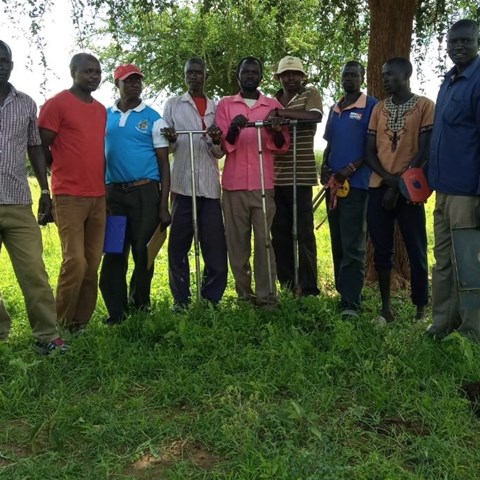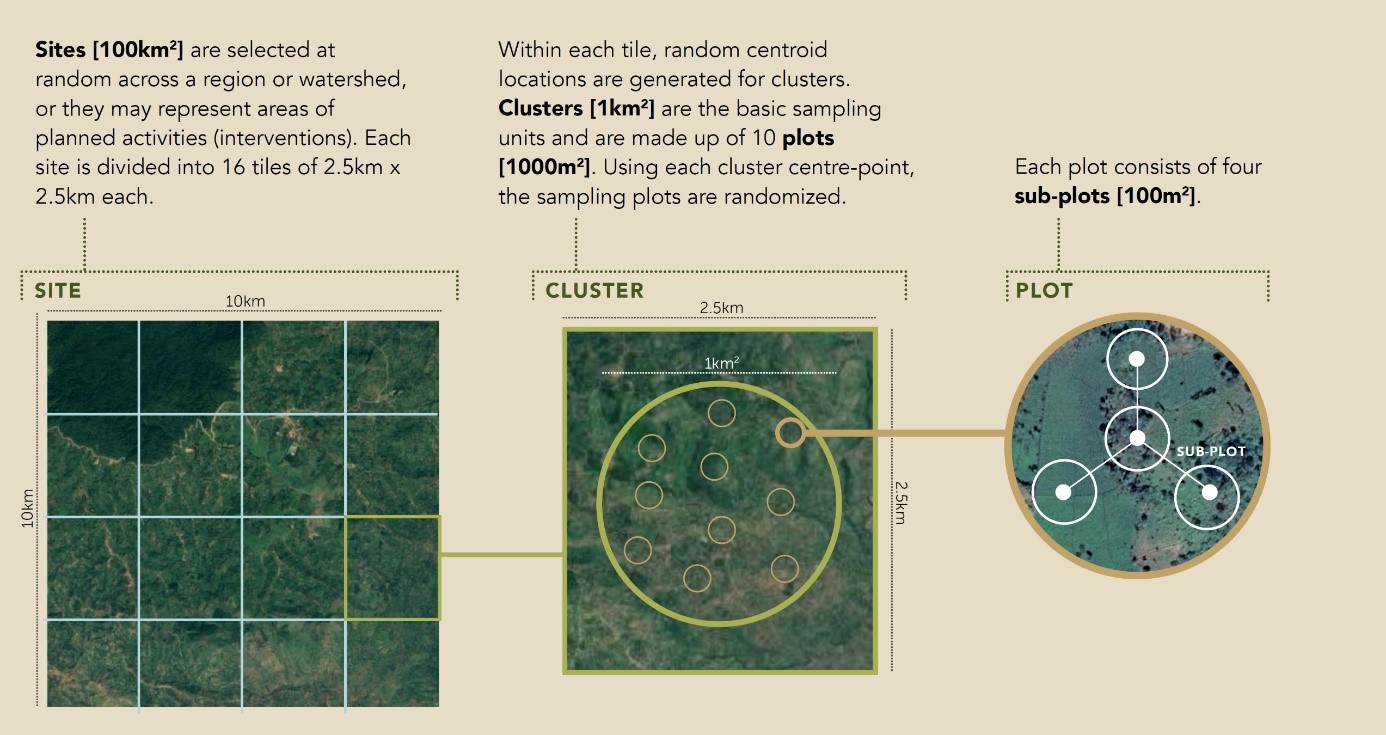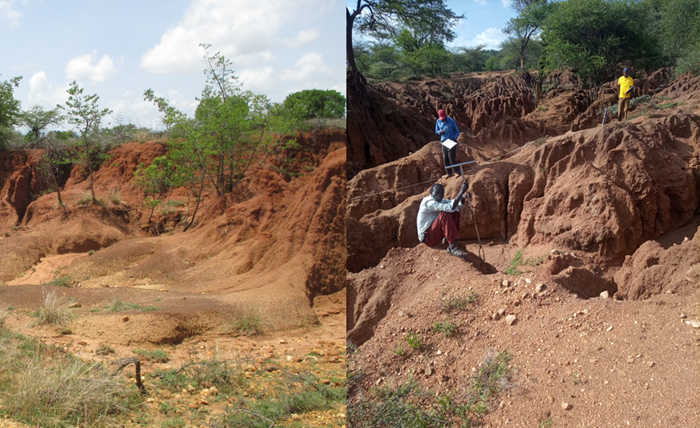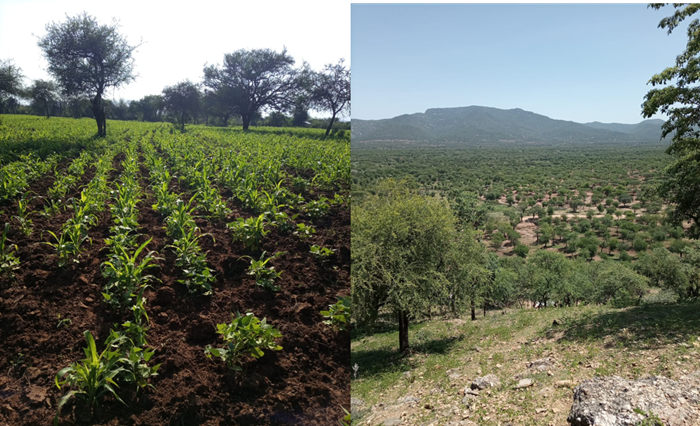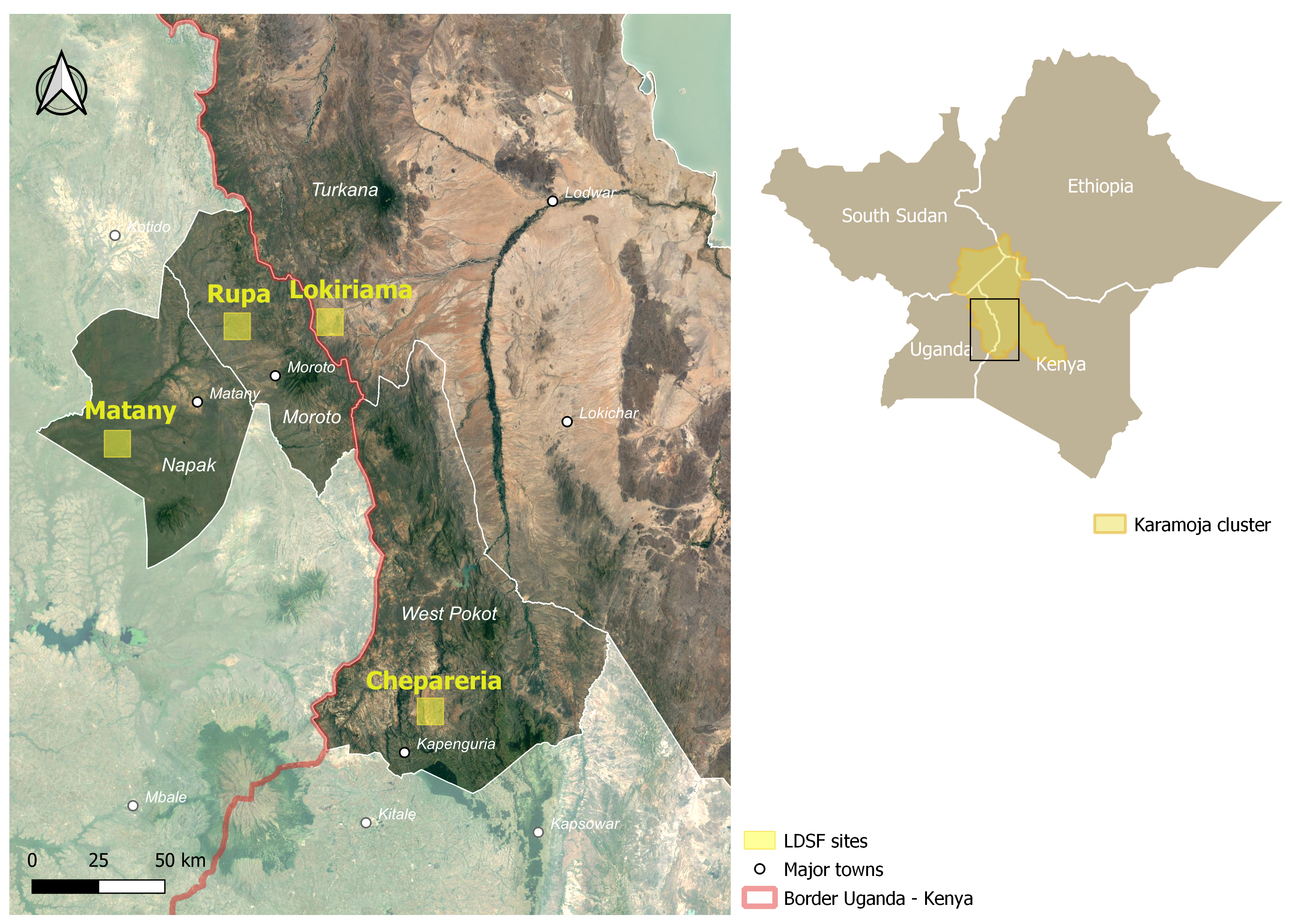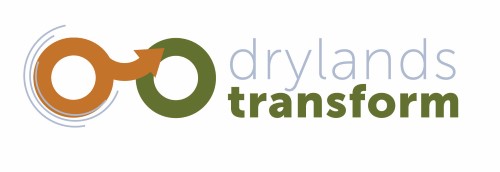Why are systematic indicator frameworks such as the LDSF so valuable?
Systematic field surveys like the LDSF allow for cross-site analysis. Some of the applications of the LDSF include understanding the variability of environmental indicators across diverse landscapes, establishing a biophysical baseline, assessing the linkages between key indicators, better understanding drivers of land degradation, and tracking and designing land management and restoration interventions.
Over the last two decades, the LDSF has been applied in more than 300 sites across the global tropics. The LDSF database, which is hosted within the ICRAF-CIFOR Spatial Data Science and Applied Learning Lab, is currently one of the largest land health databases globally, with more than 30,000 observations.
Data from this global network of LDSF sites is used together with remote sensing data to create predictive maps of soil and land health indicators, for example soil organic carbon or erosion prevalence, at multiple spatial scales using machine learning algorithms. Such maps can then be used to track processes of land degradation and restoration over time, or to prioritize restoration interventions, among others. Data collected through Drylands Transform will both contribute to and benefit from the LDSF global network of sites.
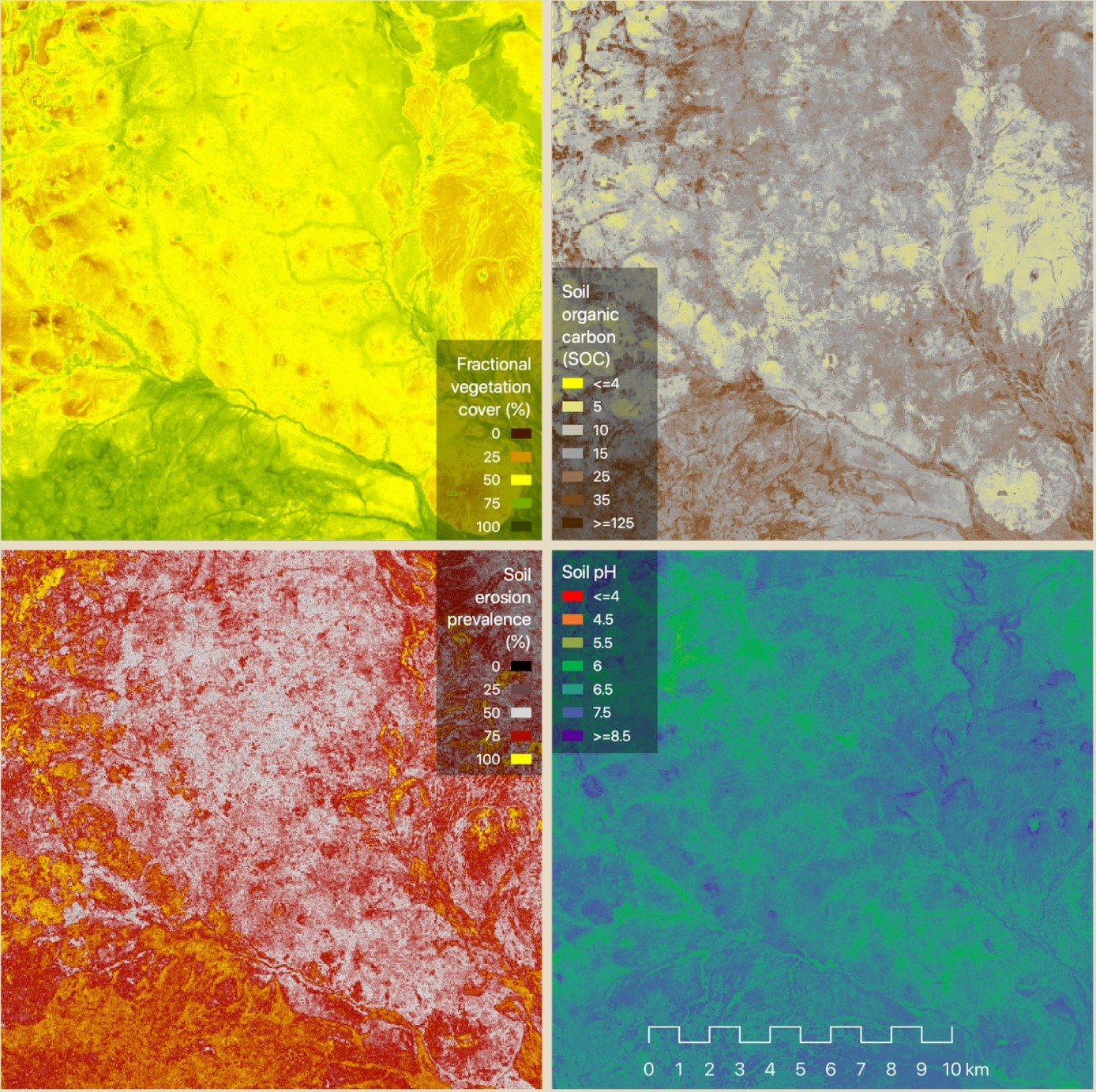
Examples of predictive maps of four land and soil health indicators (fractional vegetation cover, soil organic carbon, soil erosion prevalence and soil pH) produced based on the data from the global LDSF network of sites and remote sensing data.
References to similar work
Vågen, Winowiecki, 2019. Predicting the Spatial Distribution and Severity of Soil Erosion in the Global Tropics using Remote Sensing. Remote Sens. 11, 1800. https://doi.org/10.3390/rs11151800
Vågen, T.-G., Winowiecki, L.A., Tondoh, J.E., Desta, L.T., Gumbricht, T., 2016. Mapping of soil properties and land degradation risk in Africa using MODIS reflectance. Geoderma 263, 216–225.
